
Bill Schwab / Digital

Lorelay Bove / Digital CONTENTS

Justin Cram / Digital
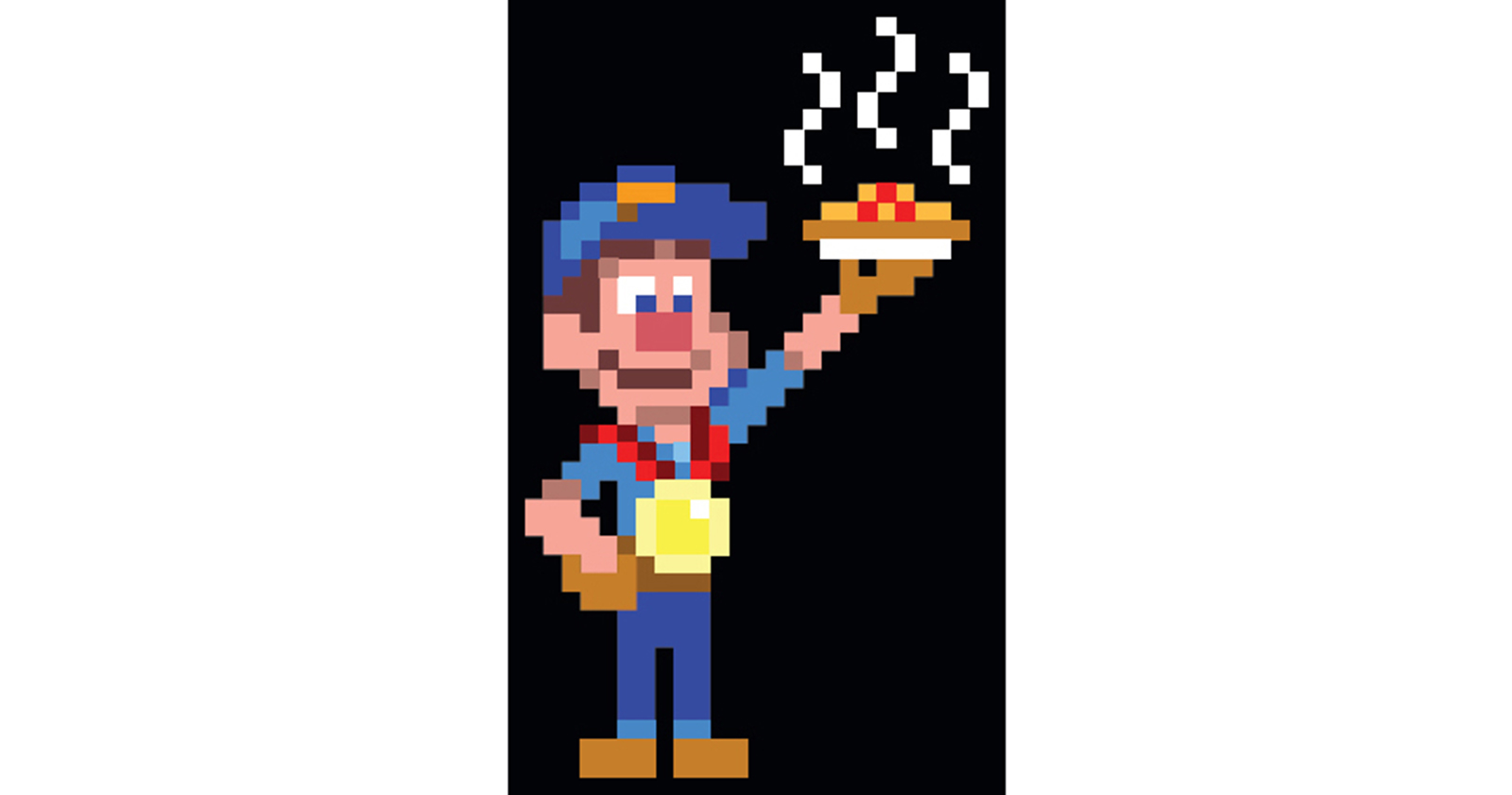
Wayne Unten / Digital W hen Rich Moore first pitched us his idea for Wreck-It Ralph , I got so excited because it was unlike any of our other films. Rich took us through the arcade screen to meet Ralph, an 80s-era videogame bad guy who so desperately wants to be a hero that he goes on an adventure, wreaking havoc through two new modern-day games. Ralph causes the lives of all these different game characters he meets to collide in a way weve never seen before. And this mash-up of worlds is what makes this film so hilarious and unique. Rich and his artistic team invented three game worlds for the film that are completely original but are based upon concepts that are familiar to the audience. celebrates the sights, sounds, and physics of those classic arcade games everyone loves, like Donkey Kong, Dig Dug, and Pac-Man. celebrates the sights, sounds, and physics of those classic arcade games everyone loves, like Donkey Kong, Dig Dug, and Pac-Man.
Ralph, Felix, and the Nicelanders walk in right angles and move their arms in unison and symmetricallyor in twinned poses, as we call it in animation. This simple style is so charming but also makes the game instantly recognizable as one from the 80s. For Heros Duty, the first-person shooter game where Ralph gets his Medal of Heroes, the artists designed a world that is off-the-charts realistic. Thats the hallmark of those action games for Xbox and PlayStation that I watch my sons play. So our artists had to create an equally gritty and immersive world and a mythology to go with it. Finally, Sugar Rush, the game in which Ralph meets loveable Vanellope Von Schweetz, celebrates the kart-racing conventions of a Nintendo 64-era game.
And the cartoony all-dessert world is just spectacular. You see Mike Gabriel and Lorelay Boves delicious-looking development art for Sugar Rush and say, oh yeah, Im there. Creating all these distinct worlds has been so much fun but bringing them together into one story has been an unusual design challenge. We needed an appealing and believable way to connect the worlds into one arcade universe, but at the same time keep the worlds with their own sets of rules separate. Thats when Rich and writer Phil Johnston came up with what is really the fourth world of the movie: Game Central Station. Game Central is a transportation hub that exists inside a simple power strip.
For it, the visual development artists figured out how to marry the architectural language of the electrical outlet with the beautiful arches and details of New Yorks Grand Central Station. Weve been so lucky bringing Rich into the studio from The Simpsons and Futurama. Hes only been with Disney Animation on Wreck-It Ralph for a few years, but already his directing expertise and smart sense of humor have benefited the studio as a whole. Richs talent really shines through in his development of original characters like Ralph, Vanellope, Felix, and Sargeant Calhoun, who are so funny and so fresh, yet full of emotion. Were also tremendously fortunate that Mike Gabriel, an amazing animator and director whom Ive known since I first worked at Disney, was so intrigued by Richs story and characters that he volunteered to join the project as an art director. Its Mikes first time doing the job and he, along with Ian Gooding, have done it brilliantly.
As all of the incredibly bold and diverse art in this book showsfrom the initial character sketches, to the original eight-bit designs, to the set models made out of real candy Wreck-It Ralph brings together four unique yet recognizable worlds that, when combined together, create a universe weve truly never seen before. John Lasseter 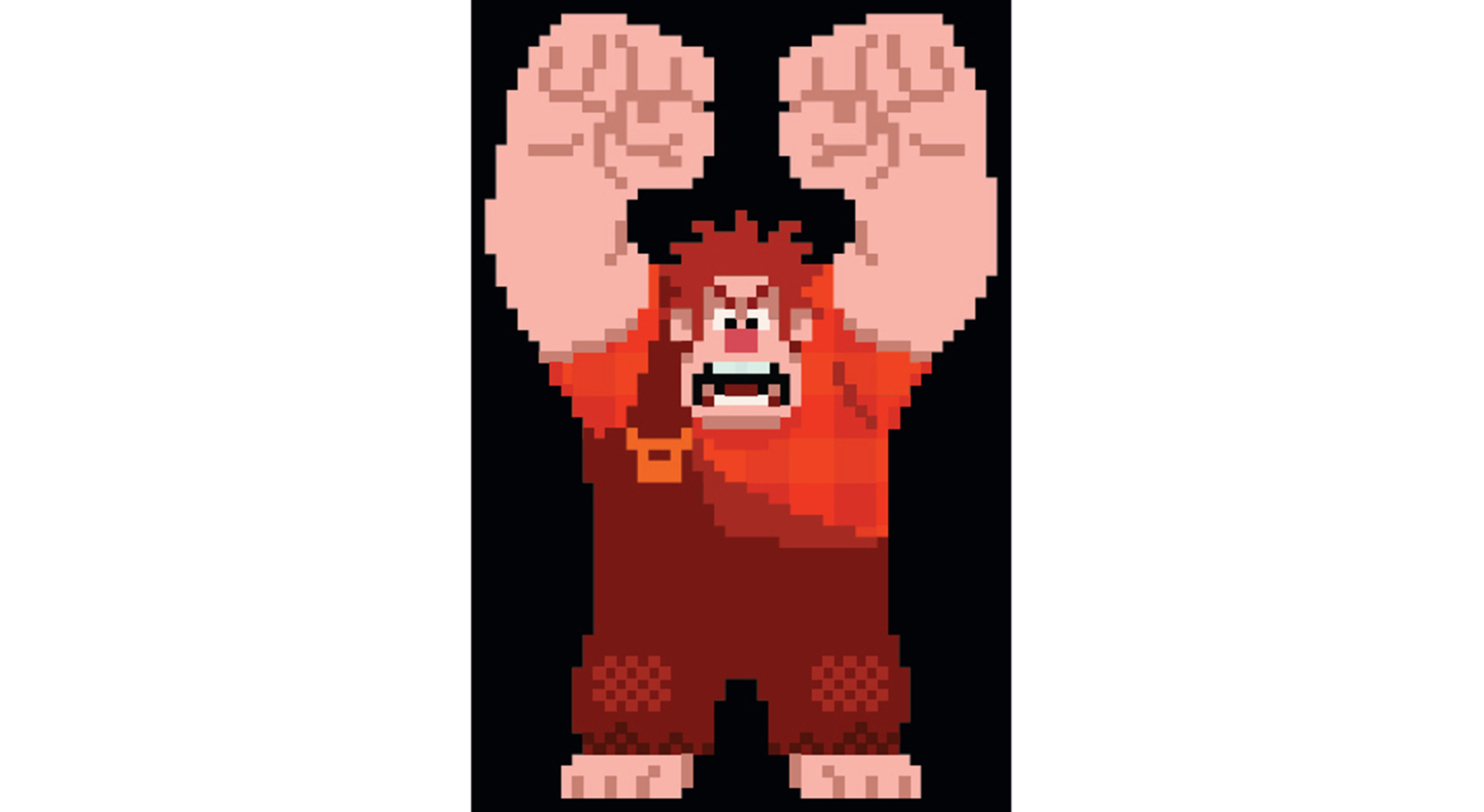 Wayne Unten / Digital W hen I was a sophomore at Cal Arts in 1985, I met a visiting alumnus named John Lasseter. He had recently started working for a new computer animation studio and wanted to share with our class a project they had just completed. Up until that day, computer animation had just been about flying logos to me. It was great for motion graphics, but it could never tell a story like character animation could. Or so I thought.
Wayne Unten / Digital W hen I was a sophomore at Cal Arts in 1985, I met a visiting alumnus named John Lasseter. He had recently started working for a new computer animation studio and wanted to share with our class a project they had just completed. Up until that day, computer animation had just been about flying logos to me. It was great for motion graphics, but it could never tell a story like character animation could. Or so I thought.
What John showed us that day blew me away. It was Pixars first short film, The Adventures of Andr and Wally B . John had taken all of his training at Cal Arts in hand-drawn storytelling and infused it into this new art form. The result was an engaging comic story set in a believable world about characters I cared about. An honest-to-God computer-animated cartoon! I had no idea how he achieved it in a practical sense, I only knew that someday I wanted to work with this guy in this medium. After I graduated, my career took me deep into the world of 2-D animation.
I had the great fortune of joining The Simpsons as a director at the shows inception, and found myself at the epicenter of a television phenomenon. It was a big moment that lasted more than two decades. During that time, I worked with the most talented storyboard artists, writers, and designers that the 2-D television genre has ever known, first on the The Simpsons , and then on The Critic and Futurama . All the while, I continued to follow the extraordinary work that John and crew were doing at Pixar. And like the rest of the world, I added each of their successes to my list of all-time favorite movies. When John became the creative head of Walt Disney Animation Studios, he got in touch with me and asked if I was interested in developing and directing a CG movie.
My initial reaction was, Me? How does a guy go from The Simpsons to Disney? At first it seemed like there was a big difference between my sensibility and what I thought was right for the Disney canon and the studios legacy. But John assured me that, from the beginning, Disney Animation has always been about invention and reinvention. I also wondered about making the transition from 2-D to computer animation. Then I thought back on the jump John had made, when I first met him at Cal Arts, and realized the change in medium didnt matter. At our core, we are all striving to do the same thingcreate memorable characters and worlds, and tell stories with heart. To that end, The Simpsons and Disney arent that different.
Getting to make Wreck-It Ralph at Disney Animation Studios has been a dream come true. There is such tremendous support for the creative process at the studio under John and Ed Catmulls leadership. Our charge is to create characters that we care about, worlds that we love, and bring our stories to life with the best animation possible. We get there by exploring different ideas, finding the right ones and allowing them to grow. Its an organic process with a mind of its own. Theres no map to chart it, but if you navigate its currents with faith and respect, it will take you right where you need to go.
This amazing process is only possible with the most talented people in the industry driving it. I have been so lucky to have Mike Gabriel and Ian Gooding art directing Wreck-It Ralph , along with a whole team of artists whose work on the film has been truly exceptional. The art in this book is a testament to their boundless imagination and passion. I hope you enjoy it. Rich Moore WRECK-IT RALPH: A DIFFERENT KIND OF MOVIE 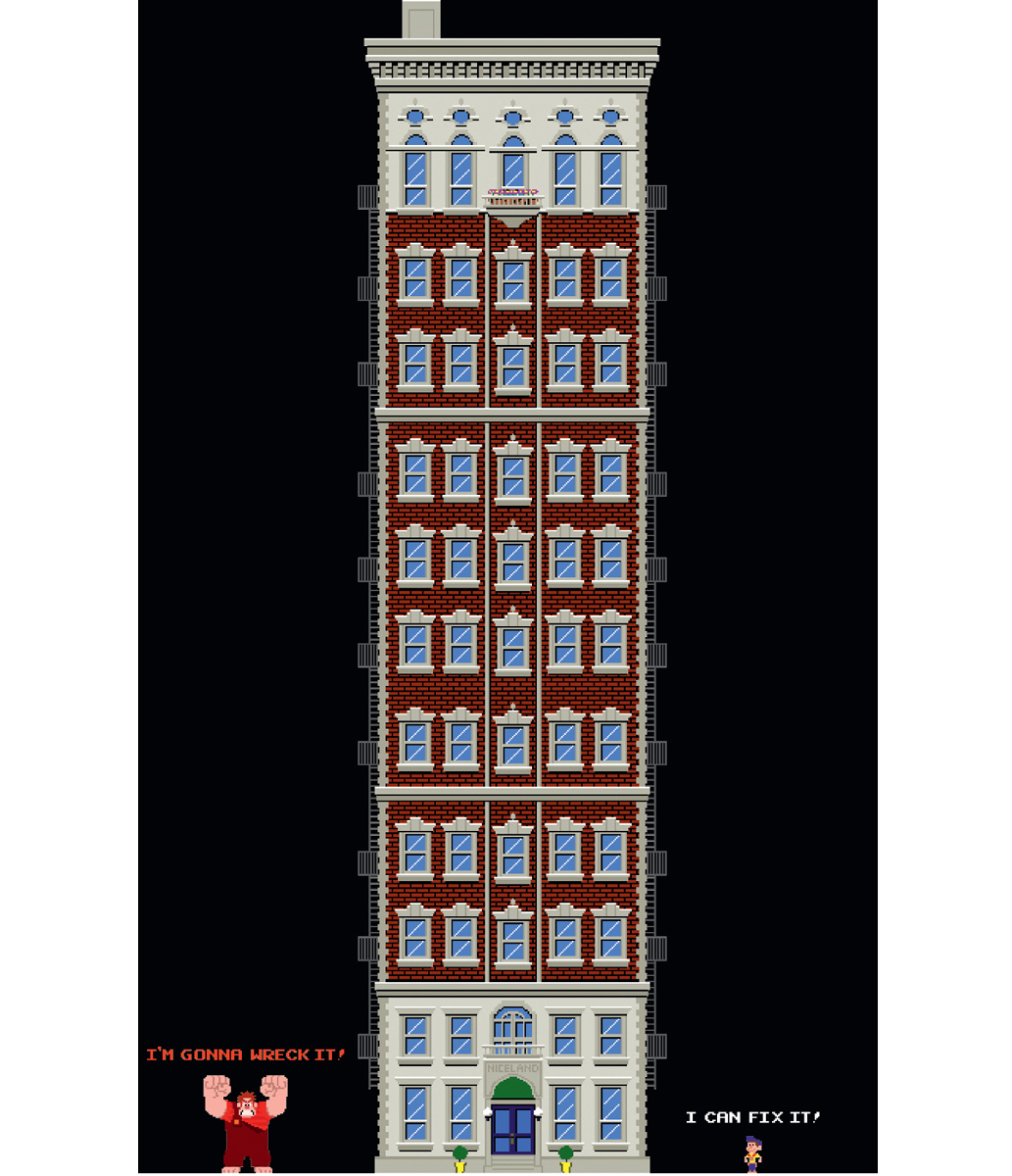

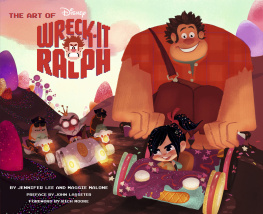
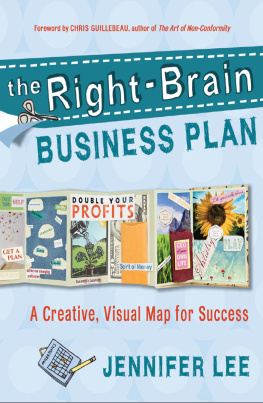



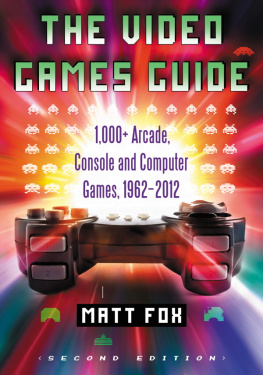
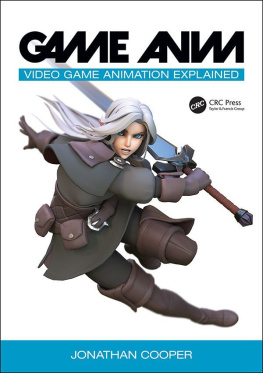


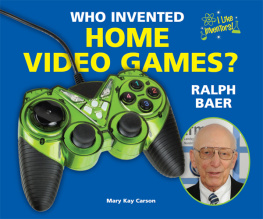
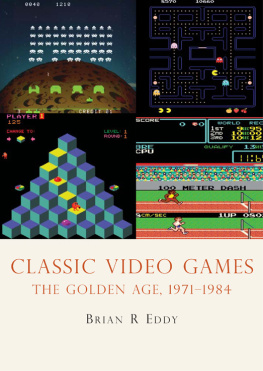
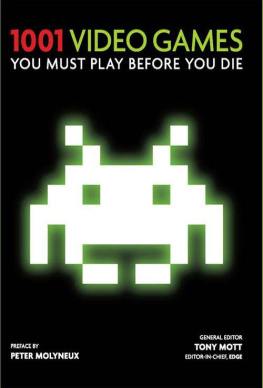

 Bill Schwab / Digital
Bill Schwab / Digital  Lorelay Bove / Digital CONTENTS
Lorelay Bove / Digital CONTENTS  Justin Cram / Digital
Justin Cram / Digital  Wayne Unten / Digital W hen Rich Moore first pitched us his idea for Wreck-It Ralph , I got so excited because it was unlike any of our other films. Rich took us through the arcade screen to meet Ralph, an 80s-era videogame bad guy who so desperately wants to be a hero that he goes on an adventure, wreaking havoc through two new modern-day games. Ralph causes the lives of all these different game characters he meets to collide in a way weve never seen before. And this mash-up of worlds is what makes this film so hilarious and unique. Rich and his artistic team invented three game worlds for the film that are completely original but are based upon concepts that are familiar to the audience. celebrates the sights, sounds, and physics of those classic arcade games everyone loves, like Donkey Kong, Dig Dug, and Pac-Man. celebrates the sights, sounds, and physics of those classic arcade games everyone loves, like Donkey Kong, Dig Dug, and Pac-Man.
Wayne Unten / Digital W hen Rich Moore first pitched us his idea for Wreck-It Ralph , I got so excited because it was unlike any of our other films. Rich took us through the arcade screen to meet Ralph, an 80s-era videogame bad guy who so desperately wants to be a hero that he goes on an adventure, wreaking havoc through two new modern-day games. Ralph causes the lives of all these different game characters he meets to collide in a way weve never seen before. And this mash-up of worlds is what makes this film so hilarious and unique. Rich and his artistic team invented three game worlds for the film that are completely original but are based upon concepts that are familiar to the audience. celebrates the sights, sounds, and physics of those classic arcade games everyone loves, like Donkey Kong, Dig Dug, and Pac-Man. celebrates the sights, sounds, and physics of those classic arcade games everyone loves, like Donkey Kong, Dig Dug, and Pac-Man.  Wayne Unten / Digital W hen I was a sophomore at Cal Arts in 1985, I met a visiting alumnus named John Lasseter. He had recently started working for a new computer animation studio and wanted to share with our class a project they had just completed. Up until that day, computer animation had just been about flying logos to me. It was great for motion graphics, but it could never tell a story like character animation could. Or so I thought.
Wayne Unten / Digital W hen I was a sophomore at Cal Arts in 1985, I met a visiting alumnus named John Lasseter. He had recently started working for a new computer animation studio and wanted to share with our class a project they had just completed. Up until that day, computer animation had just been about flying logos to me. It was great for motion graphics, but it could never tell a story like character animation could. Or so I thought.